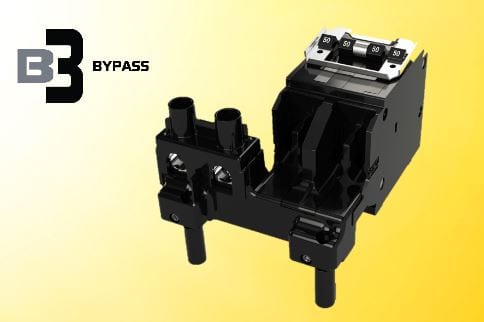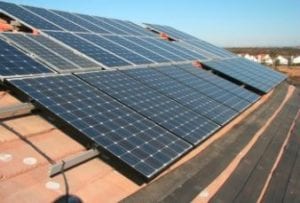Technology startup Q Factory 33 recently announced it received UL 67 & 489 Certifications for its Line Side Tap Alternative, the B3 Bypass. This bus bar bypass breaker obviates the need to upgrade a building’s load center. Instead, taking feed before the service panel and circumventing restrictions for using solar energy in excess of the 120% rule, specifically rule 705.12(D)(2) – formerly NEC 690.64(B)(2).
Our Take on the Line Side Tap Alternative
Technology has worked its magic on solar power over the last few decades and, as it always does when left unimpeded, has brought the costs down and quality/efficiency up. So if it’s never been so cost-effective for both residential and commercial buildings to install solar panels and the panels themselves have never been better, are manufacturers and installers experiencing a mad rush of people clamoring for their products and services?
Well, perhaps not as much as you might think. Even after all this time, the industry is likely still in the early adoption phase, but it’s also likely that the practical matter of load center upgrade costs has remained constant even as panel costs have fallen.
The 120% Rule
Only so much current can travel through an electrical panel – specifically, 120% of maximum bus bar limit (the main breaker). When solar power is added to a building, a new energy source must now coexist with the service line, and that combined power can rapidly exceed that 120% limit.
For example, if you have 200A service, there’s really only space to add a 40A breaker for solar power: 200A panel x 1.2 = 240A – 200A service = 40A solar breaker. It means you can’t power an entire home off the main panel without essentially replacing the whole thing at a significant cost – or risk an overloaded service panel and melted wires. But Q Factory 33’s B3 Line Side Tap Alternative is an ingenious invention that will literally bypass the need for costly upgrades and thereby make solar power eminently more practical for American households – at least half of which would need such upgrades.
So how much would it cost to save? Well, it looks like the B3 Bypass is will be around $599, which is certainly no small number, but when you consider that it will save consumers between $2000 and $10,000 per installation, it’s as clear as a sunshine-y day that Q Factory 33 is on to something good. We’ll keep a lookout for updates.




